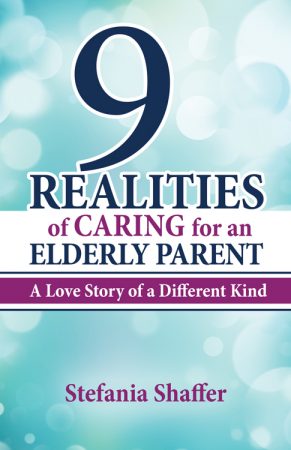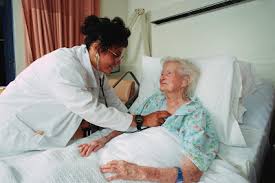How Do You Determine If This Is Forgetfulness or Something Much Worse? Know The Warning Signs To Keeping Your Senior Safe at Home.
When she flung open the front door to heartily greet me after a long period away from home, I did not need a professional to give me a checklist in order to know what was staring me in the face: my mother was no longer able to care for herself.
The thought registered like a blip on my radar, but I needed proof that these suspicions were correct.
I quickly gleaned from the tour of the house that all was not right within these walls. She was living in filth and clutter, and not just the kind that can be reconciled by making a bed and tidying a sock drawer. The term elder neglect came to mind.
But, I did not want to overreact.
I tried to talk myself into believing that maybe my mother was just unkempt today, an unusual departure from the years I remembered when dressing was a hobby she took seriously.
Other relatives had been coming and going and I never heard them sound the alarm. Aside from her appearance, and the neglect of the house, I witnessed that weekend what professionals will tell you are the first warning signs that your senior is not safe at home.
What I was seeing with fresh eyes was the lifestyle relatives had become blind to. Even friends weren’t privy to what went on behind that front door. I came to find out that my mom insisted on waiting for them on her front porch. People outside of the family just weren’t that close to the situation.
People inside the family just couldn’t see what was staring them in the face all along. In research I’ve read, passive neglect is not unusual; adult children of an elderly parent can be in denial that their parent needs as much care as she does.
To recognize that Mom or Dad can no longer care for themselves would mean you are responsible for providing a solution. If you don’t, there is CPS for seniors, known as APS, Adult Protective Services, an agency who will protect your parents if you can’t.
Here is the Home Alone checklist from the Aging Solutions website which you should monitor regularly, especially as changes begin to occur with your elderly parent. If your answer to any of these questions puts your parent at risk, it may be time to get more support in place.
1)Will your parent turn on the stove and forget to turn it off?
2)Does your parent understand how to leave home if necessary? Where the door is located? How to exit the building?
3)Will your parent stay home or near the house rather than wander off?
4)If your parent goes outside, do they know how to get back inside?
5)Can they identify signals, such as smoke from the kitchen or fire alarms that would alert them to potential dangers?
6)Do they know how to access emergency services? Do they know how and when to dial 911? Would they be able to communicate over the phone? Can they physically get to the phone no matter where they are?
7)Do they have frequent life-threatening medical emergencies that require immediate intervention? Do they know where their medication is located? Do they have the capacity to select the right medicines in the correct amounts?
8)Does your parent have the judgment to identify who they should and should not let into the home? Will they know to allow family, friends and emergency personnel into the home?
9)Can your parent get to the bathroom and use the toilet on their own? If not, have alternatives been worked out?
10)Are they afraid to be alone for an hour or more? Do they become clingy when caregivers depart and make frequent telephone calls if they are alone?
Too many of my answers during this first weekend visit convinced me my parent was a high-risk for living alone. So, we made the decision together that I would move back into my childhood home to care for our mother until the very end.
What I learned from this experience is the subject of my new book, a funny and compassionate account, with guideposts for the daunting role every adult child coming home to care for an elderly parent should know. 9 Realities of Caring for An Elderly Parent: A Love Story of a Different Kind, released in August 2013.
The Companion Playbook, is the workbook streamlined from the Memoir, chock-full of checklists and task sheets for the busy caregiver to begin doing today. June 2016. Both available at amazon and kindle.
Blog question: Which warning sign has you the most worried?







 You moved home to care for your elderly parent, now what? Your answer is here.
You moved home to care for your elderly parent, now what? Your answer is here.


 Ask any student, what’s worse than bullies harassing you at lunch?
Ask any student, what’s worse than bullies harassing you at lunch? Cyber bullying—replaying that awful moment on a loop for the world to see over and over the rest of your life online.
Cyber bullying—replaying that awful moment on a loop for the world to see over and over the rest of your life online. Are you a parent new to seventh grade? Get ready for kindergarten all over again.
Are you a parent new to seventh grade? Get ready for kindergarten all over again.
 Are you worried about providing elder care for your senior parents?
Are you worried about providing elder care for your senior parents?